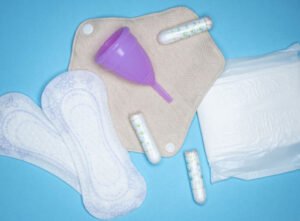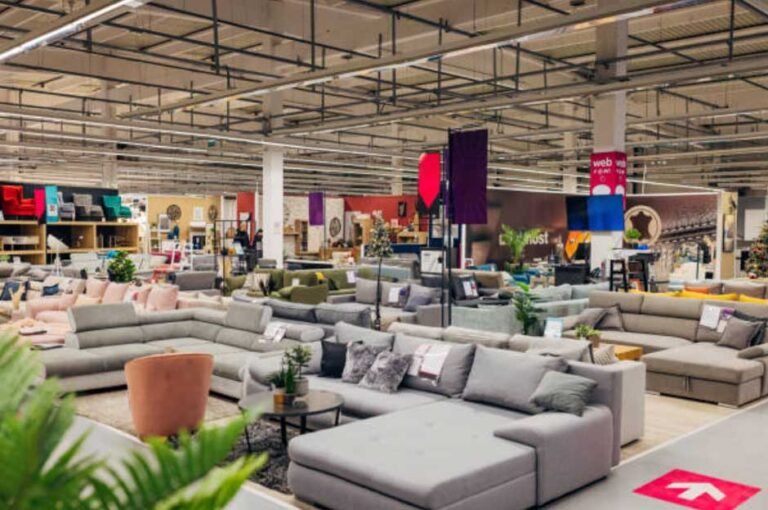Choosing The Right Bed Pads For Maximum Comfort And Protection
Bed pads help users manage incontinence and live comfortably. Surgical patients can protect furniture during recovery. The pads also assist with pet care by offering an additional protection layer to minimize poo and urine leaks. Every bed pad is never built equally, with some having superior absorbency and lasting performance.
Users must find the best pad for their lifestyle, depending on the material, absorbency level, and usability. They can decide between washable and disposable bed pads. Understanding your needs can help you find the correct bed pad to maximize protection and comfort.
Choose the best bed pad for your needs and lifestyle with these five quick tips.
1.Absorbency Features and Benefits

The leading concern about bed pads is the failure to absorb and hold incontinence-related moisture. Bed pad absorbency features and capabilities determine how well you can protect your bedding and avoid incontinence moisture. High-absorbency bed pad options have a high liquid-holding capacity. Some can hold thousands of milliliters, making them perfect for overnight use and heavy incontinence issues.
High-end bed pads utilize superabsorbent polymers and advanced technologies to lock in moisture and prevent leaks. Bed pads with layered construction offer the highest protection and comfort levels. Soft, non-woven top layers, waterproof backing, and central absorbent core protect mattresses and furniture. High-absorbent bed pads reduce the need for recurrent linen changes, maintaining the highest skin integrity. They prevent prolonged moisture exposure to boost comfort and hygiene.
2.Types of Bed Pads
Bed pad manufacturers target clients with diverse needs and preferences. They offer reusable and disposable bed pads. Reusable pads are for environmentally conscious users who can commit to routine laundry. Most washable options have quilted top layers to enhance comfort and a watertight bottom to prevent moisture from leaking. These pads are cheaper and are suitable for long-term home use.
Disposable pads are single-use options often integrated with watertight backings and high-absorbency cores. They are more expensive but more convenient for short-term or travel use. The mess-free disposable pad is highly popular in care homes and hospitals. Breathable and airflow pads are also gaining traction. They allow efficient air circulation to minimize bedsores and skin irritation. These are best for users with high skin sensitivity and limited mobility. Users can also choose small-size furniture or chair pads to safeguard car seats, wheelchairs, and recliners.
3.Materials and Quality

Everyone wants to understand that the value of any product is the material type and quality. Materials determine many aspects of a product, including its performance, durability, and reliability. The materials commonly used in bed pads emphasize comfort and protection. Soft, non-woven fabric offers a gentle skin feel while wicking moisture away.
Absorbent cores in pads have fluff pulp and superabsorbent polymers to hold more liquid. They convert urine and liquid feces into gel to reduce odors and leaks. Pads have bottom sections with polyethylene backing to keep moisture from reaching furniture or bedding. Users should seek pads with durable construction to withstand many wash cycles. They should consider pads with proven materials for consistent protection and skin health. Fabrics prevalent in making bed pads are down feathers, latex, memory foam, cotton, polyester, and wool.
4.Size and Dimensions
People with incontinence and limited mobility need nothing that can compromise their comfort. Bed pads are never an exception. They seek bed pads to accommodate their furniture, needs, and body types. 17 x 24-inch bed pads are best for small chairs, 30 x 36-inch for travelers, and large-size for full bed. Some washable pads have tucked-in wings and fabric flaps for better bed security. People requiring more coverage can opt for oversized pads.
The best pad is one capable of addressing your protection and comfort needs. Select a pad small enough to fit in your space and large enough to offer a snug fit. Understand that unfitting pads can disrupt your comfort and influence the quality of your life. Choosing the best size pad can guarantee more comfort and unmatched protection.
5.Advanced Features

Manufacturers create best-value bed pads with premium features. Leak-proof barriers maintain user hygiene and prevent messes. Pads with waterproof backing and secure edges contain fluids. They protect bed linens and furniture. Quick-drying surfaces protect against discomfort and skin irritation. Wearing the pads for long seldom exposes you to moisture impact.
Odor control systems ensure wearers can maintain the highest confidence and discretion levels. They integrate odor-controlling technologies to counteract nasty odors. The features provide the freshness and comfort users need all day. Non-slip backing keeps pads in place to prevent shifting or bunching during use. They are comfortable and can prevent accidents for people with limited mobility. Underpads with hypoallergenic, breathable, and soft materials minimize irritation risk and promote a healthy skin environment.
Wrapping Up
Bed pads are for people managing incontinence. They provide the features and functions to uphold user comfort and dignity. Many bed pads are available, including breathable, disposable, ultra-absorbent, and reusable options. You can always discover a well-fitting product to suit your lifestyle and needs.
Some pads have waterproof backings and superabsorbent polymers for more reliable protection. They are available in diverse dimensions, sizes, and budgets. The correct pad can help you manage post-surgery and incontinence.







